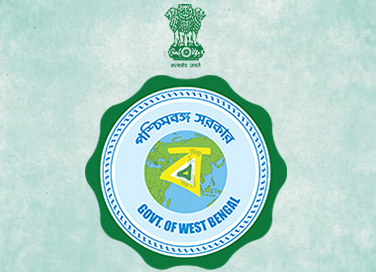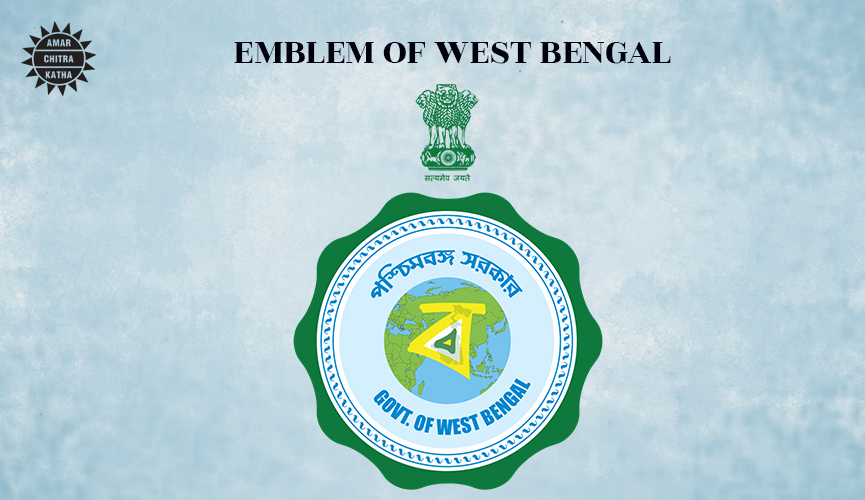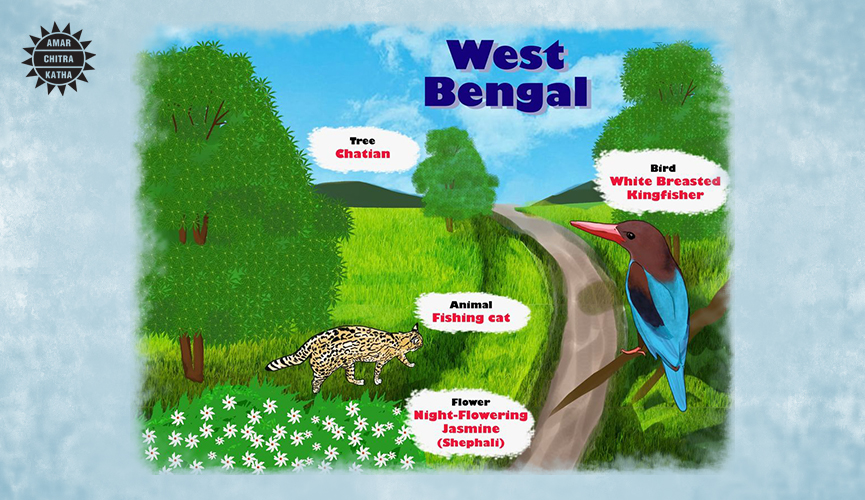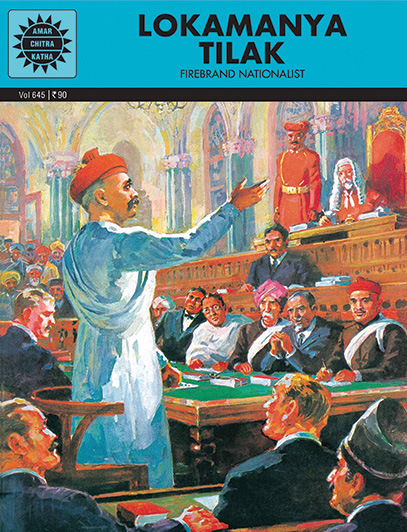The Story of West Bengal
- July 4, 2022


The Story of West Bengal
- July 4, 2022
Premium
West Bengal is the fourth-most populous state in India and the fourteenth-largest state by area. The state borders Nepal and Bhutan in the north and Bangladesh in the east. With Kolkata as its capital, West Bengal also borders the Indian states of Jharkhand, Sikkim, Assam, Bihar and Odisha. Read more to know some interesting facts and stories about West Bengal.

Though the origin of the name Bengal, also known as Bangla and Bango in Bengali, is unknown, it was suggested that the Bengali word ‘Bango’ might have been derived from the ancient kingdom of Vanga or Banga. According to the Indian epic Mahabharata, the region was mentioned as a part of the Vanga Kingdom. Shashanka was the first recorded independent king of Bengal, who reigned in the early 7th century. Following the Ghurid conquests led by Muhammad bin Bakhtiyar Khalji and the establishment of the Delhi Sultanate, Islam spread across the Bengal region. During the Islamic Bengal Sultanate, founded in 1352, Bengal was a major world trading nation and was often referred to as the richest country to trade with, by the Europeans. Following the death of Emperor Aurangzeb and the Governor of Bengal Shaista Khan, Mughal Bengal became a semi-independent state under the Nawabs of Bengal.
Many European traders like French, Dutch, British and Portuguese reached Bengal in the late 15th century. In 1757, The British East India Company, under the leadership of Major-General Robert Clive, defeated Siraj ud-Daulah, the last Nawab of Bengal, and his French allies in the Battle of Plassey. The outcome of the battle helped the British to gain control over Bengal. In 1765, The company gained the right to collect revenue in Bengal subah (province) and the Bengal Presidency was established. In 1773, Calcutta, the headquarters of the East India Company, was named the capital of British-held territories in India. The Bengal famine of 1770, which claimed millions of lives, had occurred due to tax policies enacted by the British company. Enraged with British rule, the 1857 Indian rebellion started near Calcutta. As a result of the rebellion, the authority of ruling India was transferred from the British East India Company to the British Crown.
To receive more such stories in your Inbox & WhatsApp, Please share your Email and Mobile number.

The revolutionaries and youth from Bengal participated actively in the freedom struggle and the region played a vital role in spreading patriotic fervour throughout the nation. Guided by eminent leaders like Chittranjan Das, Bipin Chandra Pal, Renuka Ray and A. K. Fazlul Huq, the people of Bengal were unified in the cause of liberating our nation from the British Raj. Secret Revolutionary groups such as Jugantar (New Era) and Anushilan Samiti (Body Building Society), a fitness club which was used as an underground society for the revolutionaries, were dominant in Bengal during the Independence Movement. Netaji Subhash Chandra Bose played a vital role in the independence movement. He formed the Indian National Army which challenged the authority of British rule in India. During this period, the Bengal Renaissance and the Brahmo Samaj, the two socio-cultural reform movements, significantly influenced the economic and cultural identity of Bengal. The colonial-era also produced notable freedom fighters, authors, social reformers and philosophers such as Bankim Chandra Chattopadhyay, Rabindranath Tagore, Girish Chandra Ghosh, Raja Ram Mohan Roy, Ramakrishna Paramahamsa, Swami Vivekananda and many others from West Bengal.
After India gained independence in 1947, Bengal was partitioned into the western and eastern parts. The western part was named West Bengal and went to the Dominion of India. The eastern part, which went to the Dominion of Pakistan as a province, was named East Bengal, and later became the independent nation of Bangladesh in 1971. After the partition and Indian independence in 1947, West Bengal initially went through many decades of economic stagnation and political unrest. Now, the economy of the state is the fourth-largest in India and also has the 28th-highest ranking among Indian states on the Human Development Index (HDI). West Bengal has two World Heritage sites, i.e. Darjeeling Himalayan Railway and Sundarbans National Park, and is ranked as the seventh-most visited tourist destination in India. In addition to the heritage sites, the state also has cities like Kolkata and Siliguri and hill stations like Darjeeling and Kalimpong, for tourists to explore.
To receive more such stories in your Inbox & WhatsApp, Please share your Email and Mobile number.

Comic of The Month
Lokmanya Tilak
Swaraj is my birthright and I shall have it' -- this clarion call was given by Bal Gangadhar Tilak. He was a towering figure in the Indian Independence movement. A nationalist to the core, he believed strongly that modern education would inculcate patriotism and self-respect in the people. His inspiring speeches and writing landed Tilak in jail several times. But this did not dampen his spirit or will to cast off the yoke of foreign rule from his motherland.